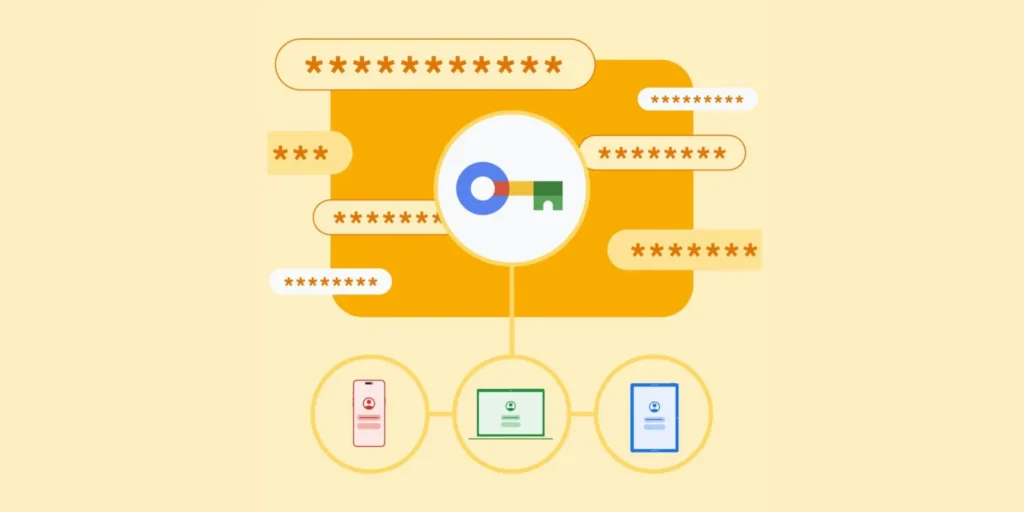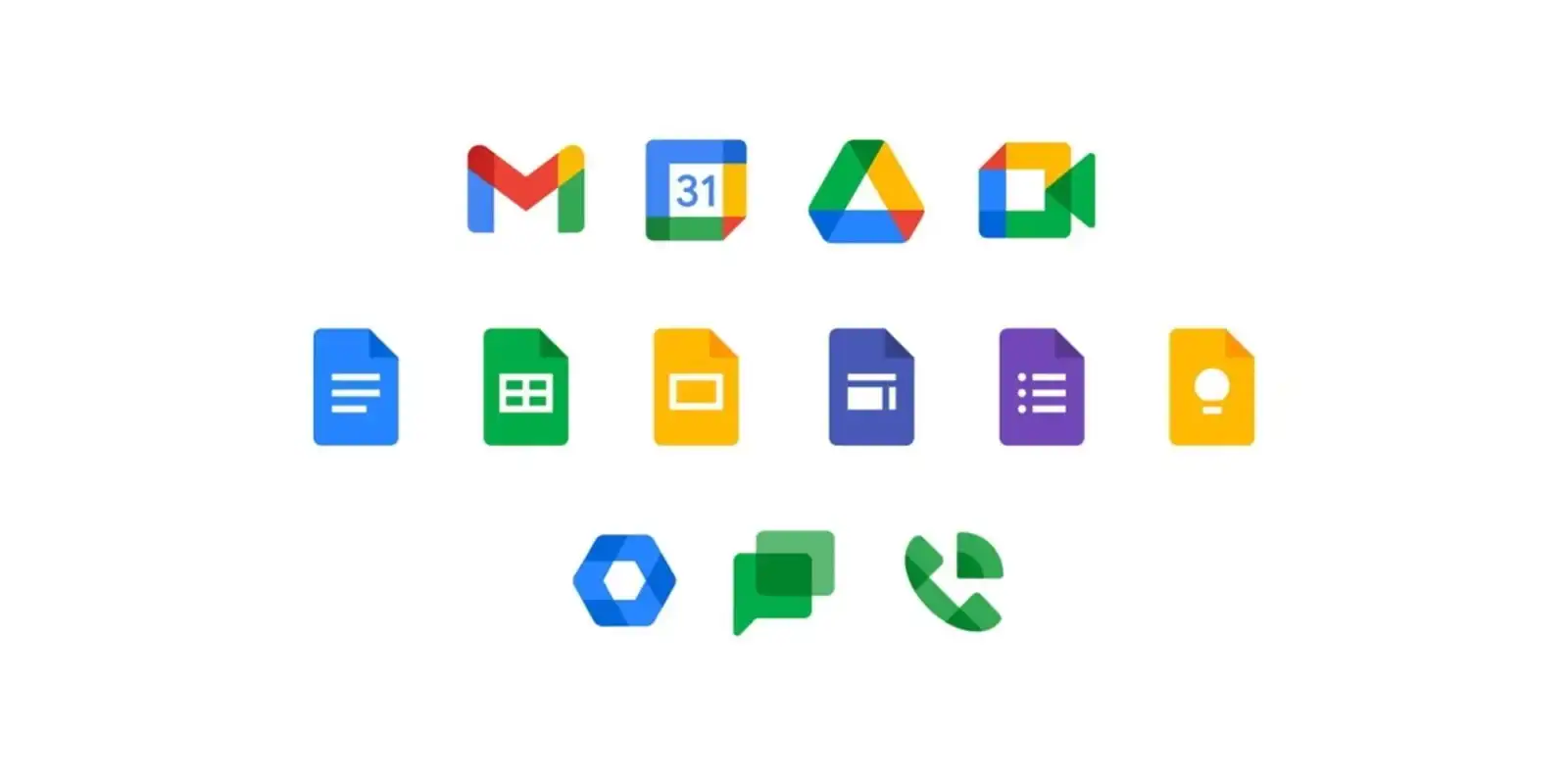
Google has taken a major step towards a passwordless future by rolling out the ability to save passkeys directly in Google Password Manager across both Android and desktop platforms. This feature was previously limited to Android devices, requiring users to scan QR codes to access their passkeys on other systems. This process often created unnecessary hurdles for users who frequently switch between devices or operate on multiple platforms. With the recent update, users can now save their passkeys seamlessly through Chrome on Windows, macOS, and Linux. This improvement not only simplifies the saving process but also enhances overall user convenience by allowing for easy access to secure credentials from any device.
Once saved, passkeys are synchronized across all devices utilizing Google Password Manager, ensuring that users have consistent access to their credentials regardless of the platform they are on. This capability is particularly beneficial in today’s multi-device environment, where users often need to log into various accounts from different machines. By streamlining the passkey storage and access process, Google is paving the way for a more secure authentication method that moves beyond the traditional password system, which has long been vulnerable to breaches and phishing attacks. As this feature continues to roll out, it marks a significant advancement in enhancing online security while providing users with a more efficient and user-friendly experience.
In addition to improving security, this update underscores Google’s commitment to evolving the landscape of digital authentication. With growing concerns over online privacy and the increasing prevalence of cyber threats, the move to integrate passkeys into Google Password Manager signals a proactive approach to safeguarding user information. As more users adopt passkeys, the potential for a more secure and streamlined login experience will only increase, making it easier to navigate the complexities of online accounts without the burden of remembering multiple passwords. This change reflects a broader trend in the tech industry toward more secure, user-centric solutions that prioritize convenience without compromising safety.




